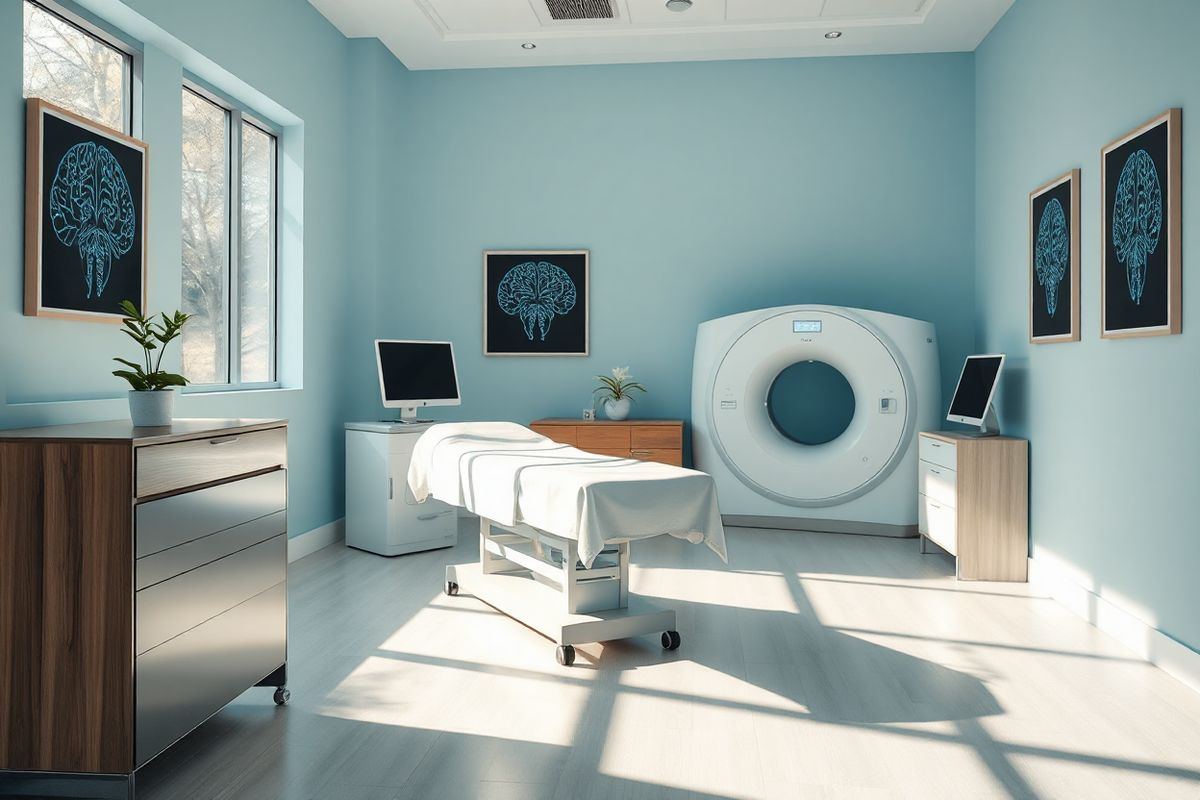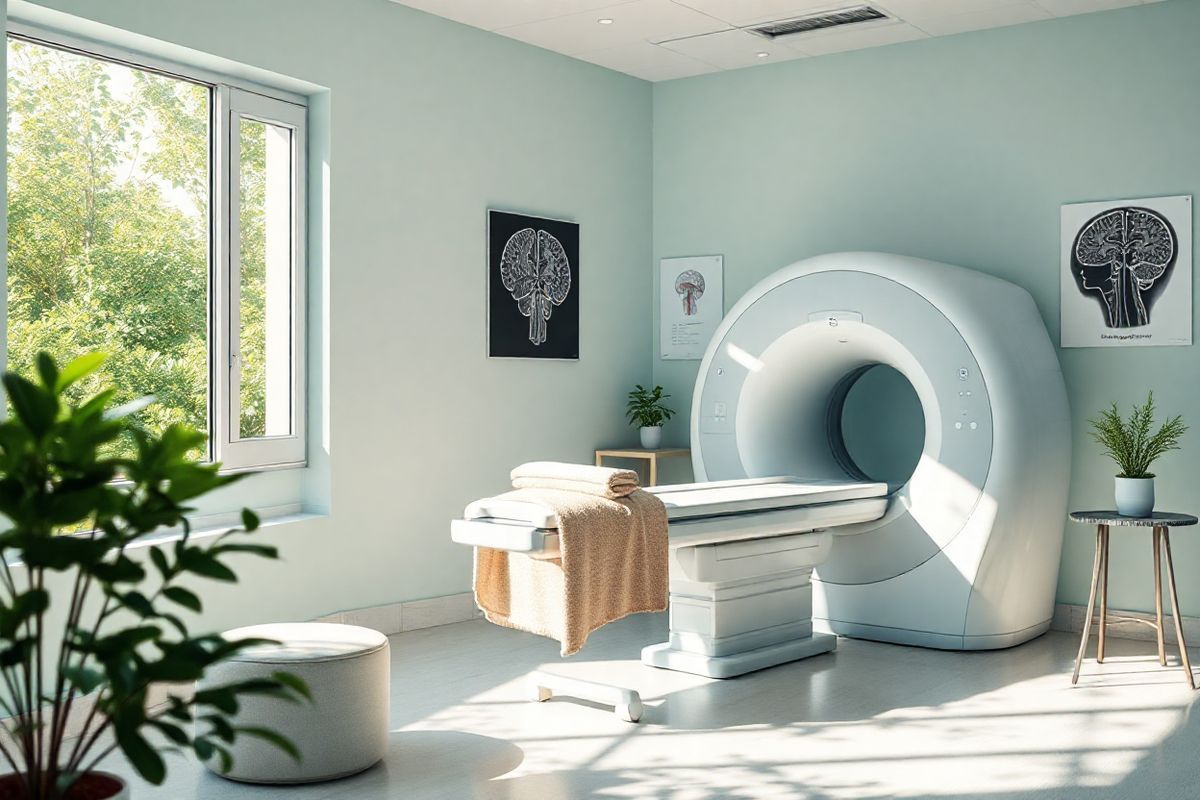Table of Contents
Understanding Brain Aneurysms: Causes, Symptoms, and Risks

A brain aneurysm is a bulging, weakened area in a blood vessel in the brain. This abnormal dilation can lead to catastrophic outcomes, such as a rupture, resulting in subarachnoid hemorrhage (SAH), which is a severe form of stroke. The causes of brain aneurysms are multifactorial and can include genetic factors, hypertension, smoking, and connective tissue disorders (NHS, 2023). Aneurysms often develop at bifurcations in arteries, where there is increased hemodynamic stress and potential weaknesses in the vessel wall (MedlinePlus, 2023).
Risk Factors
Several risk factors have been associated with the development of brain aneurysms. These include:
- Age: The risk of developing an aneurysm increases with age, particularly after the age of 40.
- Gender: Women are statistically more likely to develop brain aneurysms than men.
- Family History: A family history of brain aneurysms can significantly increase the risk of developing one.
- Hypertension: High blood pressure places additional strain on the vascular system, increasing the likelihood of an aneurysm.
- Smoking: Tobacco use has been shown to be a significant risk factor for the formation of aneurysms.
- Genetic Conditions: Disorders such as Ehlers-Danlos syndrome or autosomal dominant polycystic kidney disease can predispose individuals to aneurysms.
The symptoms of a brain aneurysm can vary widely. Many small aneurysms are asymptomatic and go unnoticed until they rupture. When symptoms do occur, they may include severe headaches, vision changes, and neurological deficits (NHS, 2023). Prompt recognition and understanding of these symptoms are crucial, as they can be indicative of an impending rupture.
The Role of Genetic Testing in Brain Aneurysm Risk Assessment
Genetic testing has emerged as a powerful tool in assessing the risk of brain aneurysms, especially in individuals with a family history of the condition. Research suggests that certain genetic mutations can increase susceptibility to aneurysm formation (Genetic Testing Fact Sheet, 2024). For example, mutations in genes associated with connective tissue disorders can lead to weakened blood vessel walls, predisposing individuals to aneurysms.
Genetic Counseling
Genetic counseling is essential before and after genetic testing. It helps individuals understand their risk based on family history, the implications of test results, and the potential need for increased surveillance or prophylactic measures (CDC, 2024). Genetic counselors can guide patients through the testing process, helping them make informed decisions regarding their health care.
Screening Strategies for Detecting Genetic Predispositions to Brain Aneurysms

Screening for brain aneurysms often involves imaging techniques such as MRI or CT angiography, especially in individuals identified as high-risk based on family history or genetic factors. Genetic testing can identify pathogenic variants that may warrant more aggressive monitoring or preventive measures.
Recommended Screening Protocols
- Family History Assessment: Individuals with first-degree relatives who have had brain aneurysms should undergo a thorough family history assessment.
- Imaging Studies: Recommended imaging studies include MRI and CT angiography, particularly for individuals with known genetic mutations linked to aneurysms.
- Regular Monitoring: High-risk individuals should be monitored regularly through imaging, particularly if they have a family history or carry known pathogenic variants.
Interpreting Genetic Test Results: What They Mean for You and Your Family
Understanding genetic test results can be complex and often requires professional interpretation. Results can be classified into several categories:
- Positive Result: Indicates a pathogenic variant associated with increased risk for brain aneurysms. Patients may benefit from enhanced surveillance and preventive measures.
- Negative Result: Indicates no pathogenic variants were found, but does not eliminate the risk entirely, as other factors may still contribute to aneurysm development.
- Variant of Uncertain Significance (VUS): This result means a genetic change was found, but its clinical significance is not yet understood. Follow-up and further testing may be necessary.
Implications for Family Members
A positive genetic test result can have implications for family members, who may also be at risk for carrying the same genetic variant. It is advisable for family members to consider testing, particularly those who are first-degree relatives (Genetic Testing, 2024).
Navigating Genetic Counseling: Essential Support for Patients and Families

Genetic counseling provides critical support for individuals undergoing genetic testing for brain aneurysms. Counselors help patients interpret test results, understand their implications, and consider potential next steps, including preventive measures and lifestyle changes (Genetic Testing for Hereditary Breast and Ovarian Cancer, 2024).
The Importance of Genetic Counselors
Genetic counselors play a vital role in the management of genetic risks associated with brain aneurysms. They help facilitate discussions about the emotional, psychological, and practical aspects of genetic testing and its outcomes. By providing education and support, genetic counselors empower patients to make informed decisions regarding their health and that of their families.
Conclusion
The intersection of genetics and brain aneurysms is a burgeoning field that holds promise for better risk assessment and management strategies. As our understanding of the genetic underpinnings of aneurysms grows, so too does the potential for personalized medicine approaches that can significantly alter outcomes for at-risk individuals. Genetic testing, when combined with effective counseling and screening strategies, can lead to better-informed patients and families, ultimately enhancing preventive care and treatment options.
FAQ
What is a brain aneurysm?
A brain aneurysm is a bulging or ballooning in a blood vessel in the brain, which can lead to serious health complications, including rupture and bleeding.
How can genetic testing help with brain aneurysm risk?
Genetic testing can identify specific genetic mutations that increase the risk of developing brain aneurysms, allowing for more tailored monitoring and prevention strategies.
Should I consider genetic testing if I have a family history of brain aneurysms?
Yes, if you have a family history of brain aneurysms, discussing genetic testing with a healthcare provider or genetic counselor can help assess your risk and guide further action.
What should I expect during genetic counseling?
During genetic counseling, a trained professional will discuss your family history, explain potential genetic tests, help interpret results, and discuss implications for you and your family.
How often should high-risk individuals be screened for brain aneurysms?
High-risk individuals should undergo regular imaging studies as recommended by their healthcare provider, often starting at a younger age or being monitored more frequently based on their specific risk factors.
References
- NHS. (2023). Brain aneurysm - Causes. Retrieved from https://www.nhs.uk/conditions/brain-aneurysm/causes/
- MedlinePlus. (2023). Brain Aneurysm
- Genetic Testing Fact Sheet. (2024). National Cancer Institute. Retrieved from https://www.cancer.gov/about-cancer/causes-prevention/genetics/genetic-testing-fact-sheet
- CDC. (2024). Genetic Testing for Hereditary Breast and Ovarian Cancer. Retrieved from https://www.cdc.gov/breast-ovarian-cancer-hereditary/testing/index.html
- Genetic Testing. (2024). Centers for Disease Control and Prevention. Retrieved from https://www.cdc.gov/genomics-and-health/counseling-testing/genetic-testing.html











